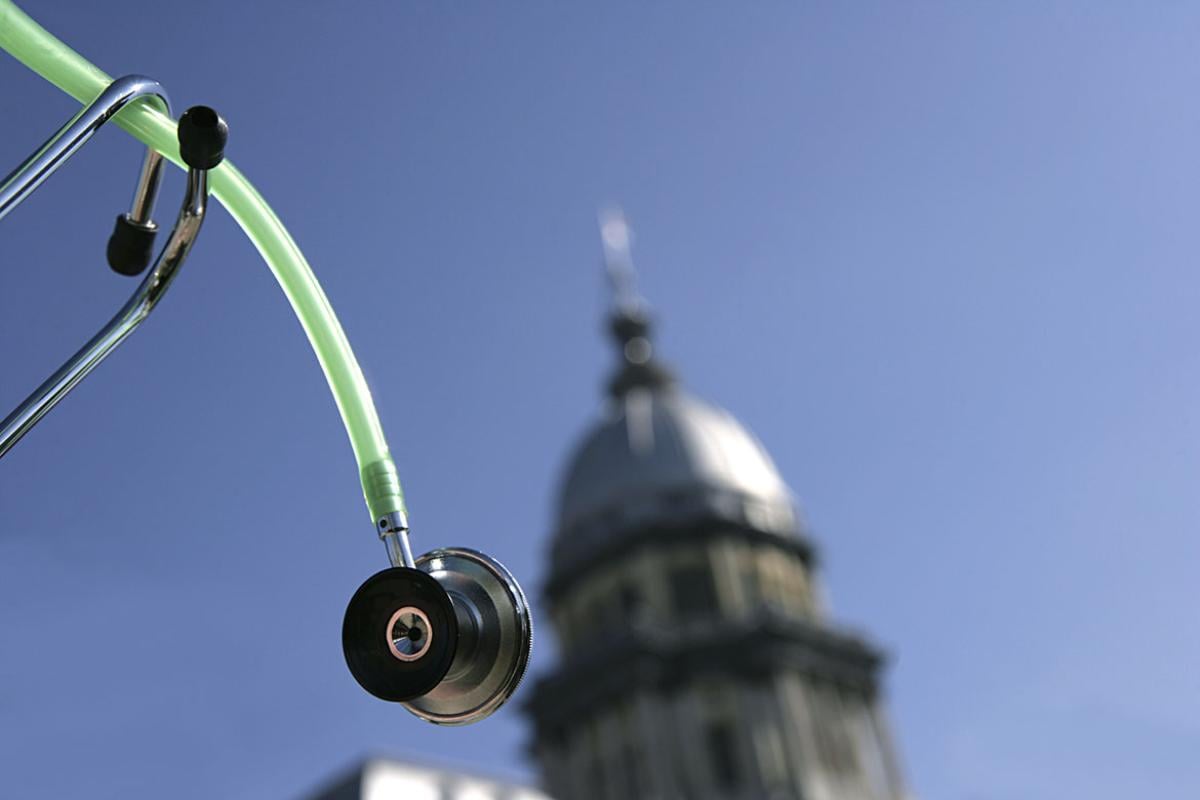First-year medical school enrollment grew by 25 percent between 2002 and 2015. The 25 percent increase of medical students, recommended by the Association of American Medical Colleges as necessary in light of an anticipated physician shortage is likely to continue to increase.
First-year residency positions at programs accredited by the Accreditation Council for Graduate Medical Education are growing at a rate of roughly 2.4 percent annually.
Concerns regarding the number of GME positions that will be available to medical school graduates in the future—particularly graduates of U.S.-based medical schools—have risen in recent years.
In response, the AMA House of Delegates (HOD) has directed the AMA to:
- Advocate that all existing and planned allopathic and osteopathic medical schools thoroughly research match statistics and other career placement metrics when developing career guidance plans.
- Strongly advocate for and work with legislators, private sector partnerships, and existing and planned osteopathic and allopathic medical schools to create and fund GME programs that can accommodate the equivalent number of additional medical school graduates, consistent with the workforce needs of the nation.
- Encourage the Liaison Committee on Medical Education, the Commission on Osteopathic College Accreditation and other accrediting bodies—as part of accreditation of allopathic and osteopathic medical schools—to prospectively and retrospectively monitor medical school graduates’ rates of placement into GME as well as GME completion.
“Current data show that the number of U.S. medical student graduates is growing at a higher rate than the number of residency slots. Without expanding the number of residency positions available to future classes of medical school graduates, the number of graduates seeking positions will eventually exceed what is available,” said AMA Trustee and medical student Karthik V. Sarma.
“The AMA will continue to vigorously advocate for the continued and expanded contribution by all health care payers at the federal, state, and local levels, as well as private sources, to adequately fund GME," he said. "We believe that it is imperative that efforts to expand the number of medical school graduates also address the need to ensure the availability of an adequate number of GME slots to meet the newly created demand.”
Residency funding, program geography
In related action, the AMA moved to protect funding for additional residency positions.
Citing limited public funding sources for positions and a “geographic maldistribution” of residency positions relative to medical schools, the HOD directed the AMA to:
- Re-examine current AMA policy and report back to the HOD with proposed measures to resolve the problems of underfunding, inadequate number of residencies and geographic maldistribution of residencies.
Read more news coverage from the 2018 AMA Annual Meeting.



